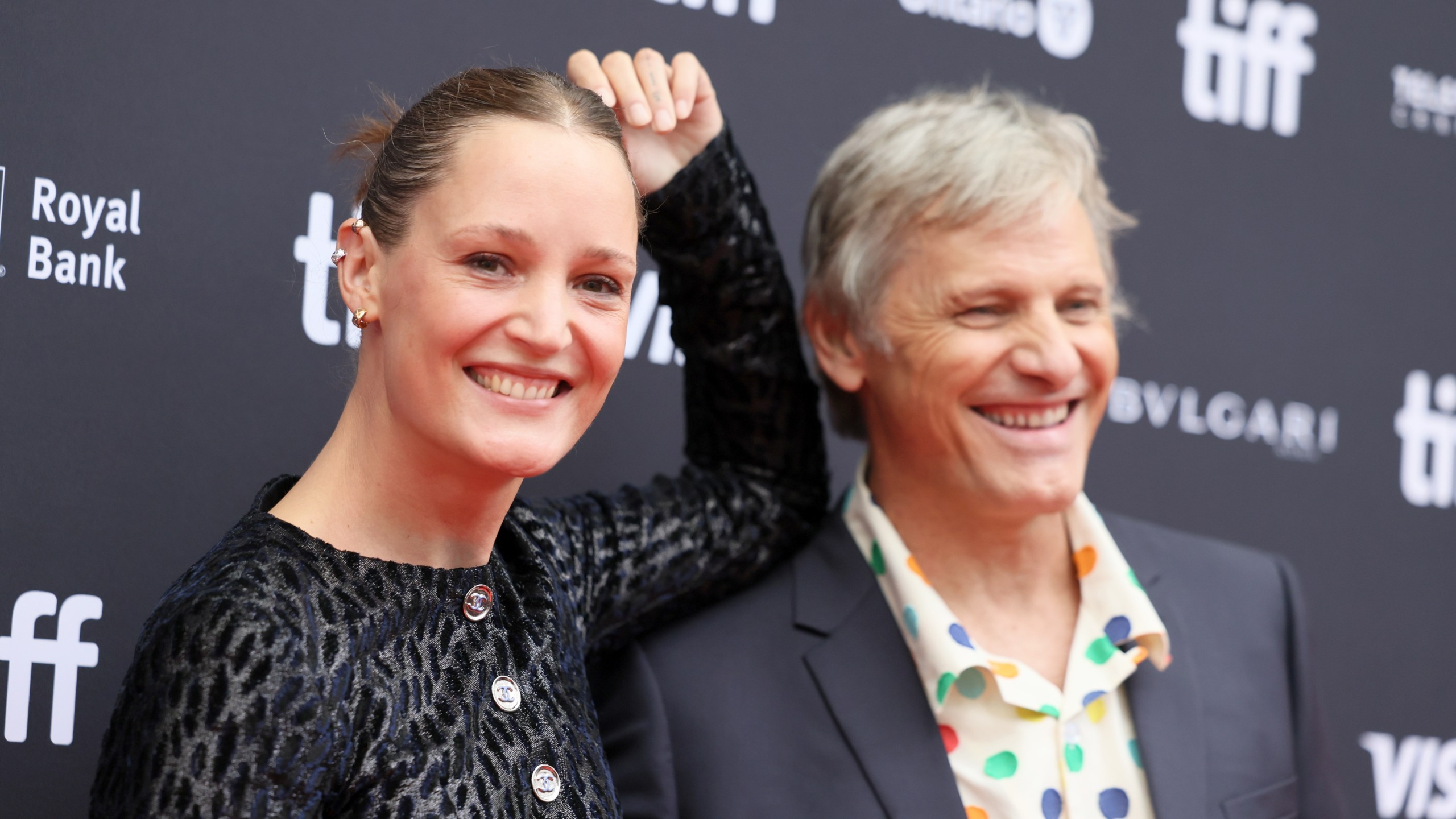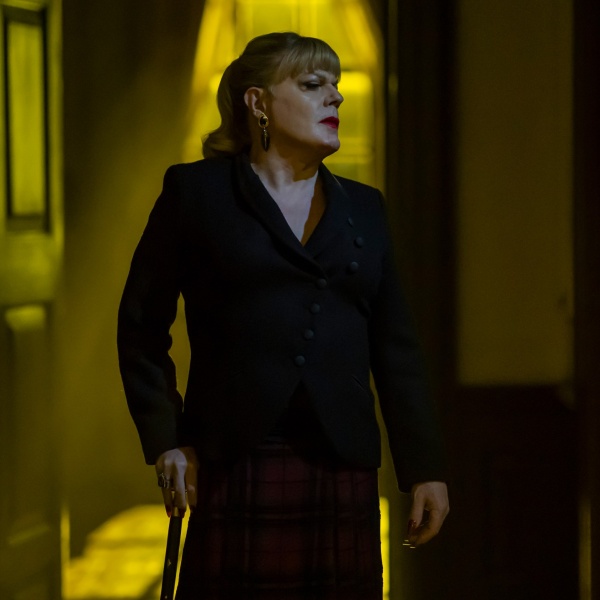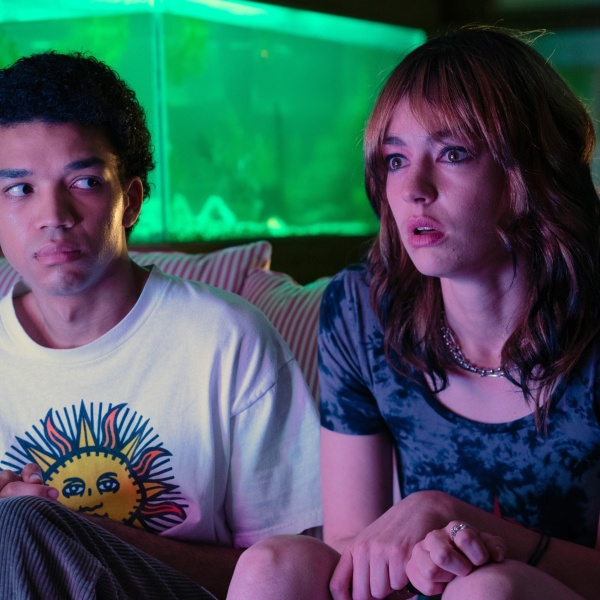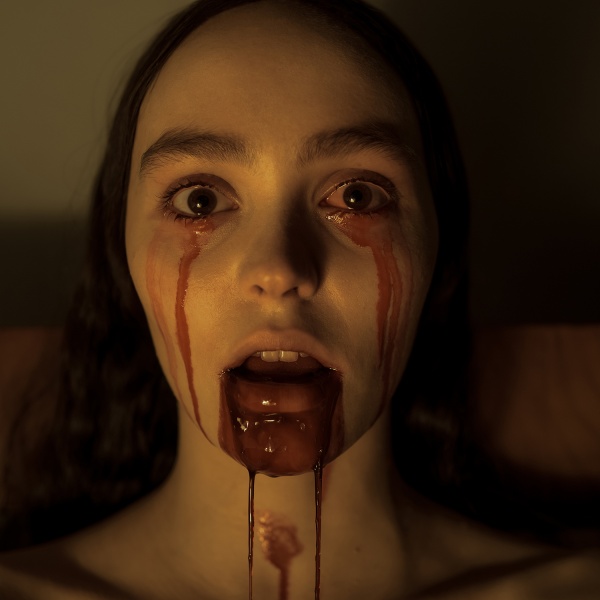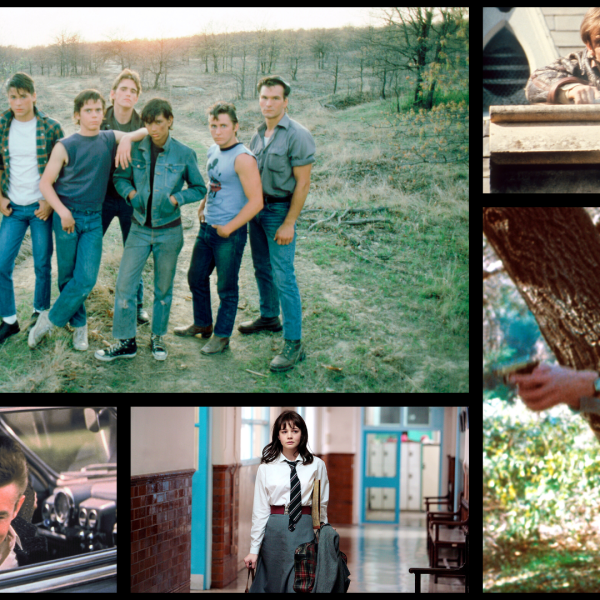Vicky Krieps is no ordinary actress. Paul Thomas Anderson knew that when he hired her to stand up to Daniel Day-Lewis in 2017’s “Phantom Thread.” After that breakout role, the Luxembourg-born actress was inundated with Hollywood offers. She chose to keep herself grounded with her German husband and two children (now 8 and 12) in Berlin, turning down the studio films — and a lot of potential paydays — that came her way. She never took on a Hollywood agent. Casting agents got the message, and she has been sent more quality fare ever since.
“I remember people saying I was stupid,” she told IndieWire during a recent interview, sitting on the lobby stairs in a quiet corner of the Fairmont Royal York in Toronto. Her indie Western, directed by and co-starring Viggo Mortensen, “The Dead Don’t Hurt,” was on offer at the annual festival.
“It was like a poison. I could feel people going, ‘You are now the chosen one. We are very important people, sit down, let’s have coffee,’” she said. “I didn’t know what we are talking about; we’re not talking about anything that I can grasp, other than, ‘You are wonderful, we love you.’ So, I turned my back on this, and I went to France to do ‘Bergman Island.’”
She followed the Mia Hansen-Løve meta romance with a wide range of other films and roles, including Mathieu Amalric’s “Hold Me Tight,” M. Night Shyamalan’s “Old,” and Cannes Un Certain Regard pick, “Corsage,” when landed her a Best Performance win at the festival in 2022.
She considered “Old” an independent movie, one that was shot during COVID and later sold to Universal Pictures.
“[Shyamalan] produced it himself, so it didn’t feel like a big studio film,” she said. “Because he didn’t have the money. It’s about a woman who is living in New York, she has everything and wants something more. And then she realizes, ‘Actually, I have everything. It’s all there.’ When you’re old, all this stuff doesn’t matter. We stress ourselves with all these ideas about what we need and where we are running to and then when you’re older: ‘Oh, actually, that’s what it’s about: sitting somewhere with someone having a nice conversation or being in love.’ So even that movie, to me, had a very strong personal meaning.”

Shot in Mexico, “The Dead Don’t Hurt” required that Krieps master a period French-Canadian accent as Vivienne, a single woman selling flowers in the market in San Francisco who marries Mortensen’s Nevada frontiersman.
“I tried to do a French-Canadian accent, but from 1850, so it would have been very different than today,” she said. “Softer and more French. Viggo was very strict with me, because he likes things to be right. He has a good ear, and he’s a composer, so his mind is the mind of a composer, quite precise and exact, which is the opposite of what I am. But that’s now in the movie, that’s the relationship, because I was the wild child, and he was the one trying to get the order in there. And I kept saying, ‘But why, but no, but why? Explain to me? What if I do this?’ I would just not do what was supposed to be done. I think it was quite annoying or disturbing to him. But eventually, he would then always see: ‘Oh, but that’s interesting.’”
Krieps can’t keep from resisting her directors. “It’s like an inner thing,” she said. “I have always wanted to push everything away that feels like an order or a constriction or a convention. Especially the convention of moviemaking: ‘But this is the schedule.’ And then I always say, ‘But if we don’t do the schedule?’ So everyone agrees: ‘Oh, no, no, it’s on the paper.’ And now the paper is super-human, or it takes over?”
Of “The Dead Don’t Hurt,” she recalled similar pushing. “So on my end, working with [Mortensen], on the one hand, it was annoying me, because I had to work with someone who does care about structure,” she said. “But again, I could use it. It’s always push and pull in relationships, and even the director-actress and costar relationship. That is when it gets interesting.”
Clearly, Mortensen was managing a challenging period production on location with horses and guns and a limited budget. When it came to acting together in scenes, she wanted him to be the actor. “I always wanted to make sure I am now dealing with the actor and not the director,” Krieps said, “because I didn’t want it to feel like he’s a director. I always tried to pull it down. Maybe that’s why I had this urge to always break as much as I could the expected. It was maybe to make it about acting, so that he’s in that moment, the actual, with me.”

In one scene, in which Mortensen returns after fighting in the Civil War — leaving his wife to fend for herself in a dangerous environment for a single woman — Krieps chose to play the scene differently from the way it was written.
“It definitely felt like she’s happy he is returned, and it’s a happy scene, so that was what the crew was expecting and he was expecting, and I decided on purpose to not tell him, to get this moment, because I could feel inside of me, ‘That’s absolutely wrong,’” she said. “He comes with his horse up to me, and as he comes closer he can see I’m not smiling. I’m not moving. I’m not talking. I’m upset. I say nothing. And the first take was incredible, because the whole crew was holding their breath, because they were like, ‘What’s happened? What is the scene?’ Because they didn’t know what made Vivienne so strong. That day, Vivienne told everyone what happened to her. That’s the one day where I think everyone in the crew understood what this woman went through. So many things in the movie were born like this.”
Krieps did go on to explain to Mortensen why she did what she did. “I’m not doing it against anyone,” she said. “I do it for the movie. I said, ‘Well, you went to war, but I had war here, too.’”
Krieps brought inner strength and rebellion to portraying this indomitable frontier woman. Did Mortensen utilize her contributions in the editing room? “I do have the feeling that after he started editing, there was a different energy, as if he understood,” she said. When she saw the final film, “it felt very good. And I felt understood. And everyone needs that. Because I saw his way of giving back to me.”
Mortensen and Krieps were able to talk at the festivals about the movie, which is currently seeking a buyer, because they obtained interim agreements from SAG-AFTRA. “It was one of those movies that suffered exactly from the system, because why would a movie like that be so difficult to make?,” she said. “I don’t know how many years he took, and it’s not like he’s nobody, either. And it’s not like it’s a bad script. Why would this movie have such a hard time to live? It is part of the system that’s fucked, which is why there’s a strike.”
Next up: In September, Krieps is performing a re-enactment for a Jim Sheridan documentary. “I’m doing something super crazy,” she said. “Jim Sheridan is doing a documentary about a real-life murder case, and he’s been on that for seven years as he’s working to solve the case. So, by now, he’s already gathered evidence and solved things that went back to court and already advanced the case. It’s one of those cases where certain people don’t want it to be solved, and he’s obsessed with it. So he’s doing a documentary and in his documentary is a bit of fiction on the woman who was murdered. I thought it was completely nuts. But I love it.”
And in October, New York’s Metrograph is mounting a Vicky Krieps retrospective, showing six of her films.
